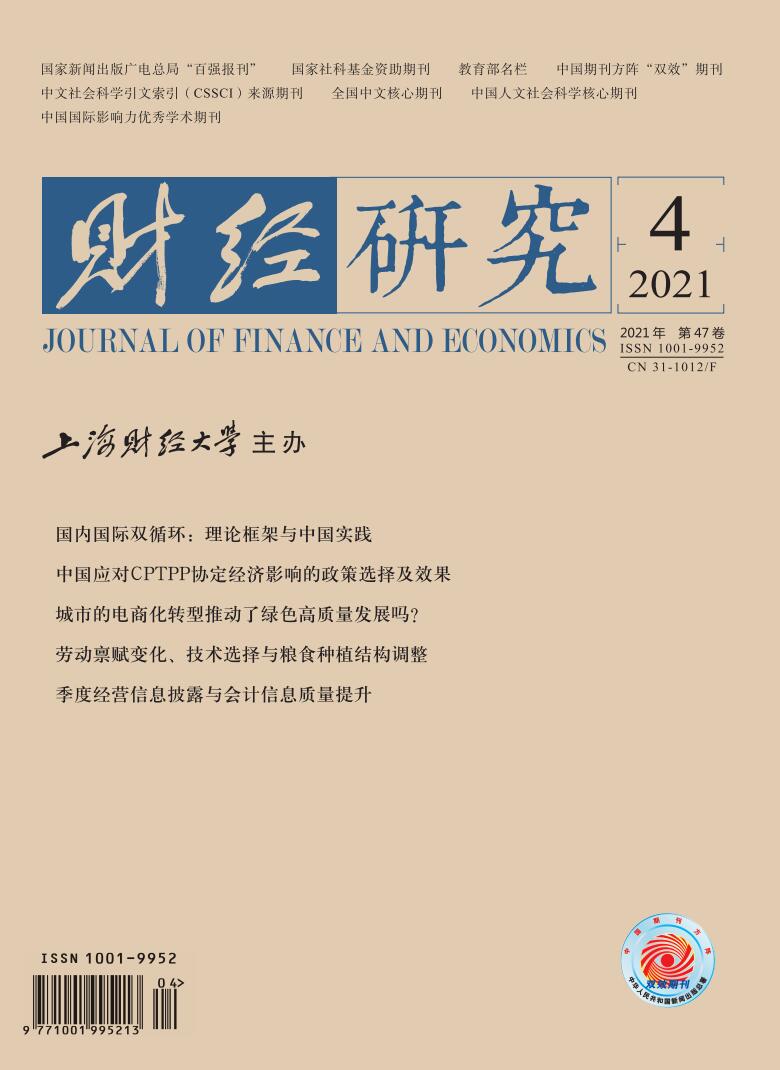Compared with financial information, textual information has higher transmission efficiency for outside investors who lack professional analysis capabilities (Baginski, et al., 2016). However, textual information is seldom supervised by market regulators or auditors. It is more likely to be manipulated by insiders since the costs of transmission and violation are relatively low. Both the textual tone (Tetlock, et al. 2008; Li, 2010; Demers and Vega, 2011; Loughran and Mcdonald, 2011; Davis, et al. 2011; Xie and Lin, 2015) and the insider trading (Manne, 1966; Carlton and Fischel, 1983; John and Lang, 1991) have a signaling function, which can help investors effectively predict the company’s development prospects.
Based on the signal theory, this paper regards the annual report’s tone (the management’s “words”) and the insider trading (the management’s “behavior”) as two signals conveying the future value of the company, and studies whether the market can identify the inconsistency between the two signals. The empirical results show that, if insiders sell their own company’s stock after the disclosure of the annual report, then the positive tone of the annual report is significantly negatively correlated with the short-term market reaction after insider selling. This shows that when the annual report’s tone and the insider trading transmit inconsistent signals, investors will take the insider trading as an assisted signal and then correct their false expectations formed by the annual report’s tone, so they can identify the management’s “duplicity”. However, this phenomenon does not exist in insider buying. Further studies find that the selling scale, the shareholdings of institutional investors and the company’s financial information transparency will affect the degree of investor reaction to insiders’ “duplicity”. Specifically, the management’s “duplicity” will cause a significant negative market reaction only when there is a large-scale insider selling after the disclosure of the annual report, the company has a low proportion of institutional investors, and the company has a low financial information transparency.
This paper mainly extends the literature in two ways: First, previous studies have found that the insider trading can not only transmit the information of corporate future performance, but also play a role in enhancing credit to the signal of corporate behaviors (such as asset stripping, voluntary disclosure of innovation strategy) occurred after the insider trading (Hirschey and Zaima, 1989; Gu and Li, 1989). This paper firstly studies the insider trading’s “feedback” function in confirming the corporate information disclosed before insider transactions, which is helpful to deepen the understanding of the information transmission mechanism of insider trading. Second, from the perspective of investors, this paper tests investors’ ability to discriminate the management’s tone manipulation and the corresponding expectation revision, which extending the studies on the management’s tone manipulation.
This paper has the following implications: On the one hand, it reminds investors, especially non-professional investors, to maintain sharp vigilance to the management’s tone; on the other hand, it reminds market regulators that they should strengthen the supervision of the management’s textual information, and increase the cost of the management’s “duplicity” to protect investors.






 4366
4366  4407
4407

